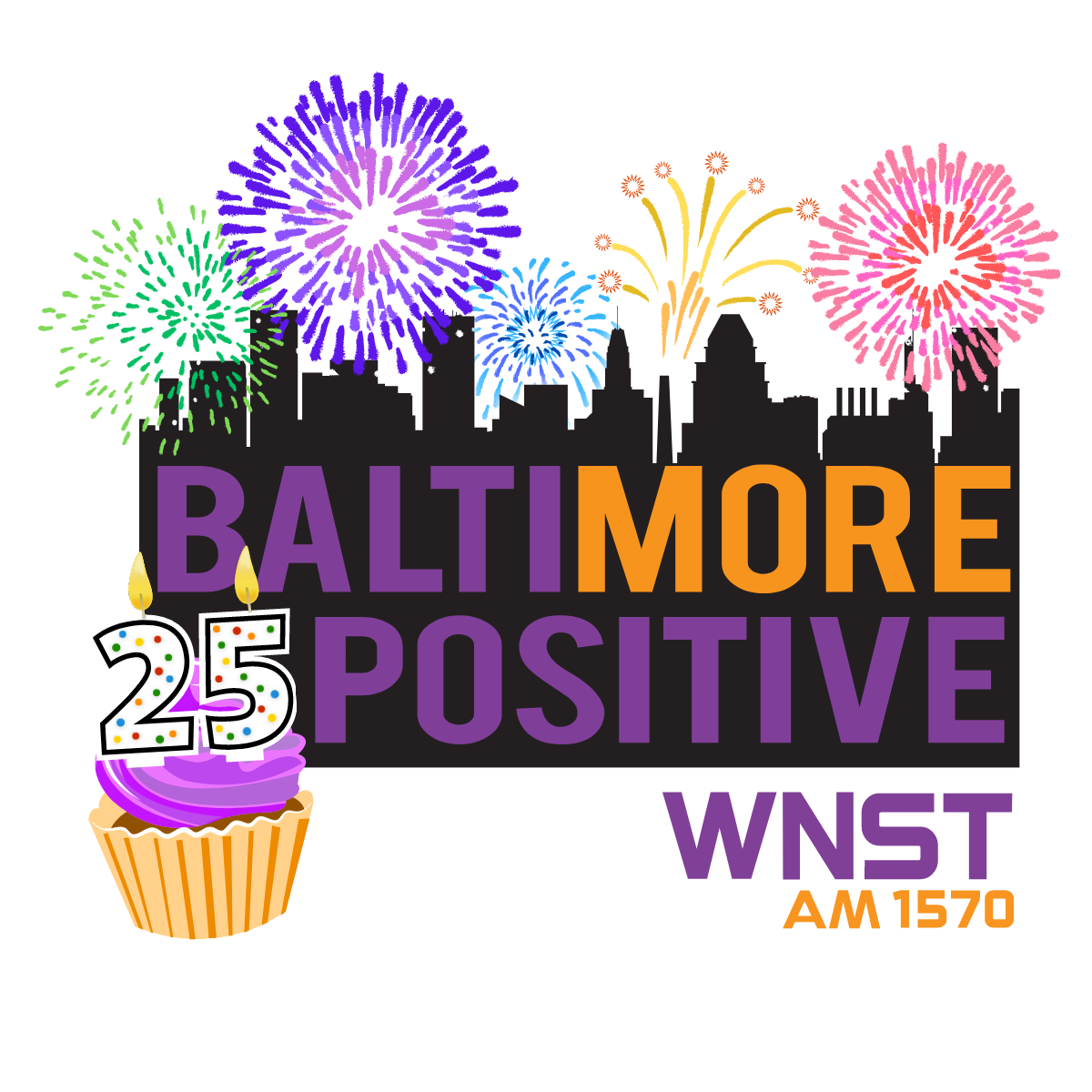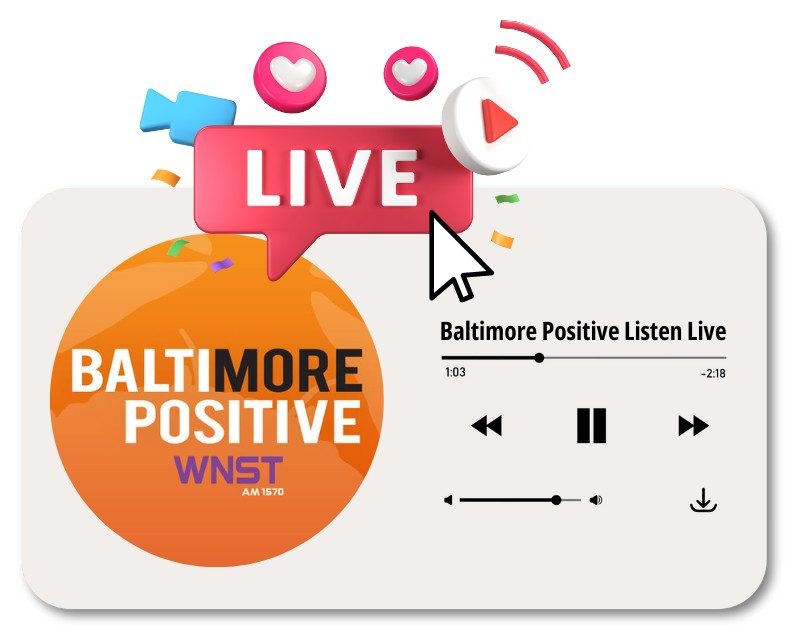Banks, more so than anyone in the industry, had a legitimate fear of a crumbling Major League Baseball financial empire and the lack of vision and leadership on the part of the Commissioner and owners was clearly a confidence killer. The death of A. Bartlett Giamatti in September 1989 led to a brief tenure by his lieutenant Fay Vincent, who was essentially overthrown by a group of MLB owners led by Allan “Bud” Selig in 1992. Selig, who had assumed the acting Commissioner role for the brawl with then MLBPA labor head Donald Fehr, had been the long-standing owner of the Milwaukee Brewers but he felt that Vincent wasn’t “pro owner” and he famously put together a group of six owners and seized control of the sport just before Eli Jacobs went broke.
Any purchase of the Baltimore Orioles was led by the caveat emptor of MLB’s tenuous labor situation.
And the mere fact that a Major League Baseball team – and its most profitable, no less – wound up in a bankruptcy auction was appalling to the rest of the owners, who had been infamous for “approving membership” of owners who were more “like minded” in the past.
Jacobs’ financial situation and his crumbled empire nearly had an angel in Bill DeWitt, Jr. who had believed he’d won the Orioles in February after spending six months negotiating the sale price with a desperate man who was days away from having his assets seized.
Baltimore clothing impresario Leonard “Boogie” Weinglass, whose ponytail and Merry-Go-Round chain stores for the hip and sexy, was the only other interested party in the Fall 1992 selloff of the Orioles but getting MLB approval proved to be a brick wall for him. He did his due diligence but in the end didn’t have the right connections that DeWitt brought to the MLB brain trust. Plus, in the end, Weinglass also didn’t have the funds.
The commissioner of baseball and the other owners quietly had the ability to simply “uninvite” some members into their ownership club.
Major League Baseball has been protected by an antitrust exemption that the United States Supreme Court had held in 1922 in Federal Baseball Club v. National League, which stated baseball was an “amusement” and that organizing a schedule of games between independently owned and operated clubs operating in various states, and engaging in activities incidental thereto, did not constitute “interstate commerce” and that therefore antitrust laws did not apply to such activity.
DeWitt, however, was already well known by the old-boys club of Major League Baseball ownership through his connections with George W. Bush.
DeWitt’s father, William DeWitt Sr., once owned the St. Louis Browns (which became the Orioles when they moved from the Midwest in 1954) and was a batboy for the team as a child. It was his outfit that was used by Eddie Gaedel when the little person stunt was pulled by owner Bill Veeck in the 1950s. DeWitt was already a minority stakeholder in the Texas Rangers with the Bush family. He was an insider, just the way Selig and the boys liked it.
DeWitt had traveled to New York several times in the winter to meet with Jacobs and his team to negotiate a final settlement to buy the Orioles. DeWitt knew Jacobs was having economic difficulties all along – Selig and the other MLB owners closely monitored the debt of the Orioles’ owner and they wanted him out quickly because seeing the team wind up in bankruptcy – at a fire sale – would be less than advantageous. It didn’t reflect well upon the sport, its stability or the people involved in ownership. Plus, given the small circle and antitrust protection, the Lords of Major League Baseball preferred to pick their partners so as to have unity, peace and what they considered a peaceful brotherhood.
The MLB owners had experienced their fair share of maverick owners with outsized personalities in Charles O. Finley in Kansas City (and then Oakland) and George Steinbrenner, who at various points believed he was the King of New York. Selig and some of the other old-line MLB owners watched what had happened with the growth of the National Football League over the past two decades and admired their ability to be united after the AFL-NFL merger but they also saw the deterioration of faith and partnership every time Oakland Raiders owner Al Davis confronted his partners in litigation.
Selig wanted to pick the owner of the Baltimore Orioles. He, along with the Lords, had already hand picked Bill DeWitt.
But, somehow, it all got derailed when Jacobs went broke and the team wound up at a bankruptcy auction.
Selig and the owners were about to experience their worst nightmare. Peter Angelos would soon prove to be an outsider; one who had his own thoughts about the future of Major League Baseball in Baltimore.
***
ON THE MORNING OF FEBRUARY 26, 1993, Peter G. Angelos showed up at his law offices in downtown Baltimore and began reading The Sun, just like every other morning. He saw the headline – “DeWitt agrees to buy Orioles for $141.3 million” – and bristled.
The Baltimore Orioles were the toast of the town – by far the most significant diversion for local sports fans and families, truly a civic institution – and somehow they were being sold to yet another “out of towner,” Angelos thought.
Angelos, who had just started to receive a flood of money from his litigation of asbestos cases throughout the late 1980s, wondered aloud why someone from the Baltimore area didn’t want to own the prized possession of the city.
Sure, the price had a sticker shock quality, but if a Cincinnati oil man thought it was a good investment and wanted to own Baltimore’s civic treasure, it must worth investigating. So, Angelos, who always fancied himself a deal maker and an architect from his political days in the 1960s, went to work trying to put together a “dream team” of Orioles owners.
Angelos made some calls to his friends in the local government – he had plenty of political allies because he was one of their first calls for contributions on the Democratic side of the ticket – and found out who Eli Jacobs was, and where to find him.
Angelos later said that he was rebuffed by Jacobs and was told the sale to DeWitt was a fait accompli. “The attitude was that local people need not apply; this is a done deal,” he told author John Helyar in the 1994 book, Lords Of The Realm. “That didn’t set well with me.”
“If you allow your major league club to be owner by out-of-towners you’re not really a major league city; you’re a branch-office city,” Angelos bellowed. It was always easy to play to the intensely provincial sports crowd in Baltimore, a city that had seen the NBA Bullets taken out of the city in 1973 by a D.C. owner in Abe Pollin. And when the Colts snaked off to Indianapolis by Irsay, the local fans’ hearts were heavy and the abandonment was painful.
Angelos later told The Sun, “I was being discouraged by local people, who had good information, who said it was a done deal. So for a while they put me off. But then I decided that I would attempt it anyway. I wouldn’t accept the proposition that everything was finished.”
Three weeks later, with the Orioles at spring training in Florida, Jacobs defaulted on loans to seven banks, which forced him into bankruptcy and wanted to maximize the sale price of the Orioles. The banks believed that the open market would drive the sale price north of Jacobs’ agreement with DeWitt. This opened the door for Angelos – or anyone else who had enough money – to get involved in an open bid.
On March 11, 1993, Peter G. Angelos jumped into the sports business, informing The Sun of his intention to buy the team if it hit the open market. “I am just another Baltimorean who would like to see the club owned by local interests,” he said. “If I can help produce that result – if the DeWitt group withdrew – I’d be willing to make my contribution.”


























